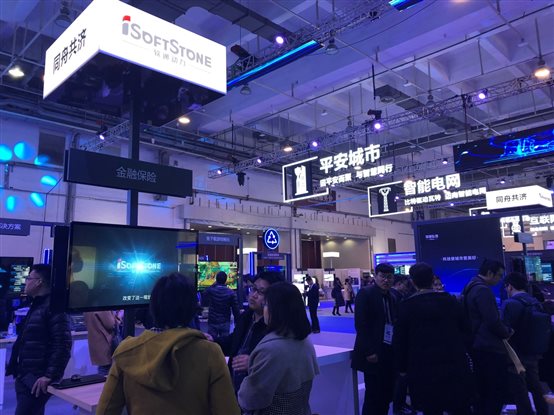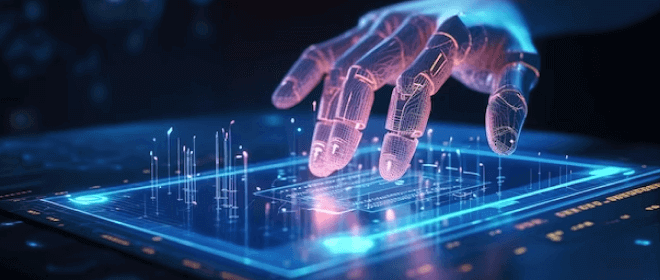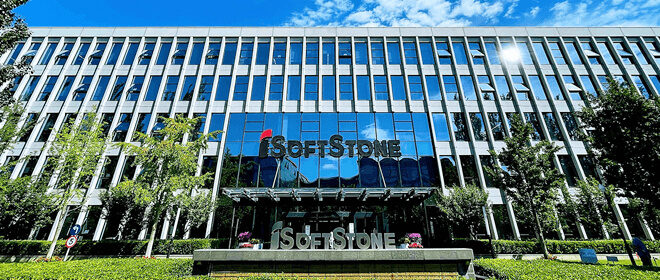
Media Release: The Internet of Everything Creates a New "Eco-Century" and Common Growth Is the Shared Driver
At the Huawei China Eco-Partner Conference 2018, which just ended a few days ago, Huawei Cloud announced an open platform for blockchain, bringing together business institutions, assessment institutions, depository platforms, third-party payment institutions, etc., and gave a priority to the mutual aid community, which became another "Grand Action" to jointly build ecology following the transformation strategy of public cloud.
Mr. Yinghua Cai, President of Huawei EBG China, also said that the concentrated outbreak of technology and technological innovation have accelerated the integration of new ICT ecology, and the ICT "Eco-Century" driven by "technology + demand" has arrived. "Eco-Century" enables digital productivity to boost the rapid growth of enterprises, improve efficiency, and explore new modes. Many enterprises have diversified roles and capabilities, and different enterprises will be merged into a new era of ecology, with common growth and mutual benefit.
As a partner of Huawei, iSoftStone Information Technology (Group) Co., Ltd. (iSoftStone) has had a close partnership with Huawei for many years and is growing rapidly together with Huawei. It also demonstrated solutions in insurance, energy, ports, logistics, and so on at this conference. At the meeting, the CCID team had an in-depth exchange with Mr. Jack Liu, Vice President of iSoftStone, to discuss the topic of "the ecosystem of common growth" in the era of digital transformation.
Grow together with users and constantly improve the ecosystem
The ICT Eco-Century integrates data, business forms and industry models; enterprises develop in a more open, integrated and diversified manner, which means that the transformation of each industry and enterprise must start with the improvement of own ecosystem, get the support of technology, business models and business transformation, and finally catch up with the "Eco-Century".
"All industries have been more or less aware of this trend, and indifferent enterprises have almost disappeared," Mr. Liu explained.

Catching up with the "Eco-Century" is just the first step. Many enterprises have no way to start, and their ambition can't be realized. At this time, solution service providers with digital transformation or simpler information construction are needed. Additionally, focusing on building the user's ecosystem and changing "one-time service provision" into "lifelong partner" is also one of the original intentions and motivations of iSoftStone digital transformation strategy.
After years of engagement in the Internet, finance, energy, real estate, retail, and other industries, it is gradually understood that enterprises in only one industry all need support from related industrial chains and upstream and downstream service providers in digital transformation. Take the retail industry as an example, daily transaction data, user data, operation data, etc. require big data platforms for summary, cloud platforms for storage, cloud disaster recovery for safeguarding security, and access to third-party payment platform for optimizing payment experience. Further, even face recognition, shopping guide robots, intelligent video analysis, and so on will be added in line with the new retail, unmanned shops and other trends, which requires the cooperation of service providers in many industries to complete the transformation.
Therefore, the diverse needs of users put forward higher requirements for compatibility, stability, sustainability, and extensibility of solutions, as well as for solution suppliers such as iSoftStone to establish a complete ecology.
Mr. Liu explained that, for the ecosystem built against the users' needs in an industry, the optimal solutions were developed to help users solve problems, and iSoftStone and users could grow together, paving a way for iSoftStone to go outside. We believe that users will find more intelligent needs and room for improvement as they deepen their digital transformation, which will also accelerate the growth of iSoftStone and create market recognition.
It is the idea that iSoftStone follows to build an ecosystem and grow together with users; it is also the key to maintain long-term benign cooperation with Huawei and many other good partners. The essence depends on users' needs, and more promising.
Grow together with partners in the end-to-end "software + service" mode
After the diversification of users' roles, the renewal of models and the addition of business forms, the problem is the choice of "standardization or customization". Standardized solutions are more stable and mature, but their compatibility and flexibility are not optimal. Customized solutions are based on personalized services and can satisfy diverse needs, but they have high investment and high cost. When making a choice, the needs of users and the service effect shall be fully considered; such that a "software + service" model can be slowly found in the balance. By focusing on the pain points of users, an implementation plan can be prepared against problems, thus providing end-to-end service.
According to Mr. Liu's experience in cooperation and common growth with Huawei, the presence of "software + service" model reflects the common growth of iSoftStone shared with Huawei and other partners.
In the early days, most enterprises in the software industry cooperated with hardware enterprises in the form of outsourcing services to jointly complete projects. During this period, standardized software products and services were mainly supplied to meet the actual needs of enterprises.
With the rise of concepts such as the digital age and smart city, social people's livelihood and urban infrastructure are going digital, and the demands of massive public data collection, service delivery of multiple complex application scenarios, data storage stability and security, etc. are increasing rapidly. This urges the enrichment and improvement of simple software products in the past, and requires that the software platform should, besides focusing on technology and functions, turn to the collaboration between software and hardware. In this way, the service is transformed into "software + service", which improves the compatibility of the software platform, enhance the possibility of secondary development, and is equipped with interfaces to broaden the industry coverage.
Especially after the transformation of public cloud has become the industry consensus, more work shall be done for iSoftStone's software products to ensure the cloud migration performance and service power. After the public cloud market has fully explored, iSoftStone has also ushered in its own accelerating growth; it realized the secondary expansion and improvement of the "software + service" model, and consolidated the benign relationship with its partners once again.
Similar partner combinations that show grow together are rare in the industry, and Mr. Liu also explained that a completely complementary partnership like iSoftStone and Huawei was once in a blue moon. The transformation and expansion of one side's strategy create an upgrading and change opportunity for the other side; the upgraded brand-new service model enables both sides to gain more recognition and influence together.
The above model is gradually being reproduced to the establishment of more partnerships. The ecological partnership system of iSoftStone keeps flourishing, and now it has gradually established a partnership ecology of "Industry - University - Research - Application - Finance Model", and has long-term cooperation with enterprises, academic institutions, industry associations, markets and financial institutions for mutual benefits. In the future, iSoftStone will continue to connect upstream, middle and downstream innovative technologies with its own platforms, and will refer to successful implementation experiences from commercial practice to promote technological innovation, realizing the "double helix" driving and establishing an invincible partnership in common growth.
Explore a promising future based on the present situation
The era of Internet of Everything has become the mark of the current intelligent era. With the emerging technology, the future is changeable and unpredictable. Perhaps the time may see what will come after sharing economy, new retail and AI. But a good way to address future developments is to stand on the present situation and create characteristic future and more opportunities.
Mr. Liu was confident for and was expecting the future industry expansion and prospect. He thought that one of the keys was to combine the common pain points of the industry and the personalized demands of specific enterprises, to build the ecological circle needed for the transformation of the industry and enterprises while expanding own partners. He further believed that the growth of users would constantly accelerate the optimization and transformation of solution service providers in turn, and finally a harmonious symbiotic ecosystem would come into being by using IT service ability and industry understanding ability, driving the industry change through the "digital economy".
A clarion call of "digital transformation" has sounded, the ICT Eco-Century has spread and evolved, and the integration of users' needs and emerging technologies has enabled ICT service providers to help the industry change and gain a larger eco potential; such that the partners with diverse roles have merged together to create more kinetic energy and cultivate an excellent environment for the Ecological Century.
News















